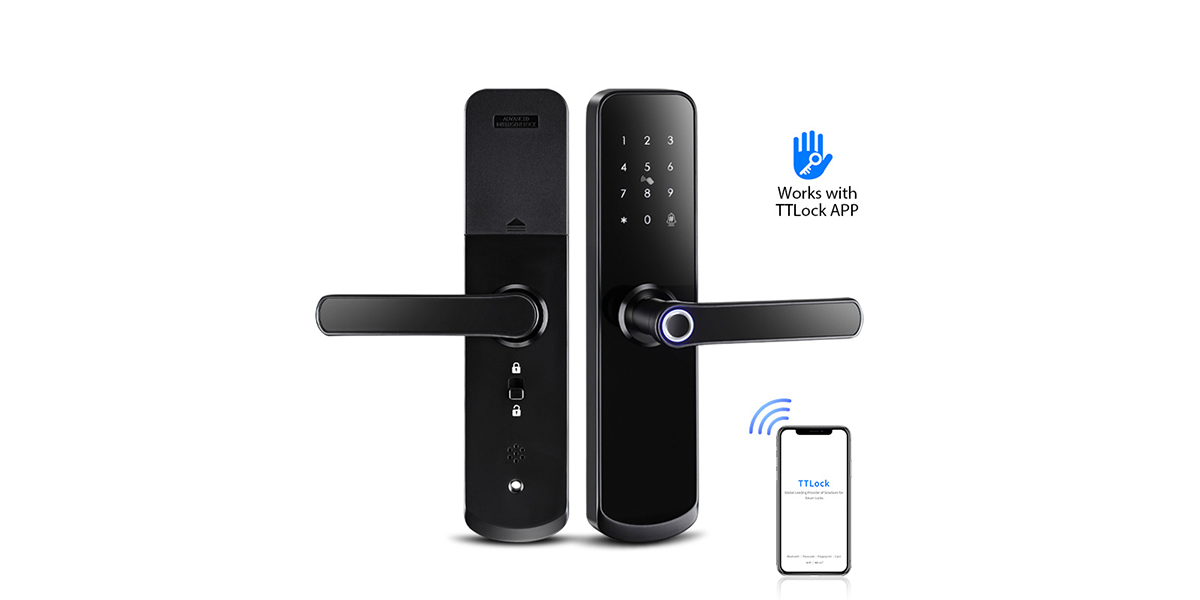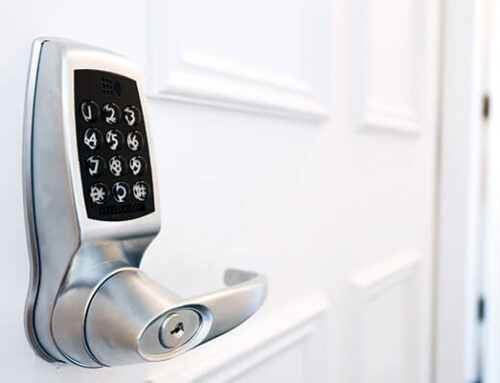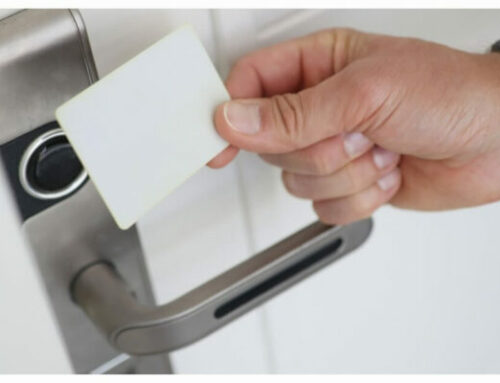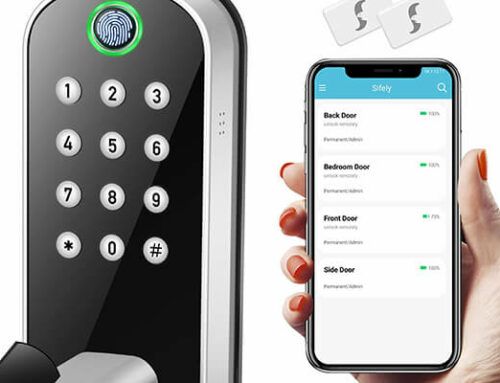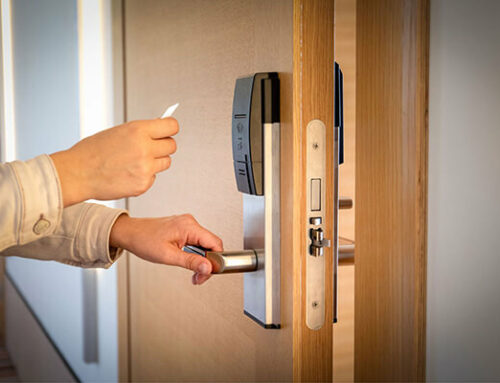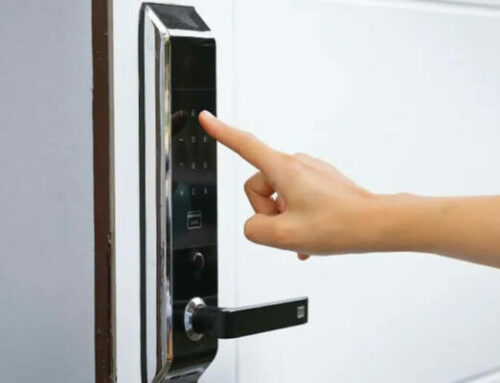We learn what digital locks are, the advantages of using them, how to improve business security, and how to use digital locks in your home.
This page also contains advice on the types of doors on which digital locks can be installed.
1. What is a digital door lock?
Digital door locks provide a low-cost, easy-to-install security solution for buildings that require a reliable means of access control but cannot assign keys or cards due to a large number of people entering and leaving the building They also provide a way to enter business premises, homes, and schools keyless without having to carry a set of keys at all times.
1) There are two main types of digital locks
- Electronics – Need power (power or battery)
- Mechanical — No power required, mechanically operated pushbutton locks (recently developed British standard BS8607 is used to test such locks)
- Access using the electronic card reader system
2) What types of electronic digital locks are available?
- Electronic keyboard – Just enter a password to access
- Biometrics – such as fingerprint recognition
- Smart card – mainly used in hotels and office buildings
2. What types of doors can be fitted with digital locks?
- In this article, you will learn what each treatment option is used for, as well as the pros and cons of veneers versus implants.
- UPVC gate
- Wooden doors and wooden doors
- Aluminum doors and glass doors
- Outer door
Vendors will offer a product range suitable for a variety of security levels, from products for low-priority interior door installation to light, medium, and heavy-duty options. The strongest digital door locks will withstand all but the most aggressive attacks and will provide years of reliable service, even when installed on external doors doors and during heavy traffic or extreme use. Some electronic locks have an overlay system
3. Advantages of using digital door locks?
Here are some common advantages:
- Keys don’t work — you no longer need to cut off spare keys.
- No need to deal with lost keys – simple keyless entry.
- Great for families as nurses/caregivers can access the property by entering the code normally,
- In addition, family members can use their own keys without having to worry about changing passwords.
- Quick access – Some use a remote control so you can quickly access the property in case of rain
- Fits existing door lock fittings
- Internal and external use
- Perfect for use in homes, offices, apartments and apartments, schools/colleges/universities, and restricted areas
4. Where are digital locks used the most?
They are commonly used in public buildings, such as hospitals, offices, and schools, where multiple digital locks can be installed throughout the building to protect different areas, or for home property where many caregivers or nurses need independent access. Keyless entry is made easy with digital door locks
5. Advantages over keys and electronic locks
It’s almost error-free, so digital door locks can last for years. Compared to “high-tech” electronic access control options such as biometric fingerprint readers, they are very simple to operate.
Advantages:
- Digital door locks are completely independent and easy to install
- No additional hardware is required
- Perfect for small-budget systems.
- Digital locks are very quick and easy to install
The following will be detailed:
1) Digital door lock can be reprogrammed at any time
Digital door locks can be easily and quickly reprogrammed, meaning security can be restored immediately if there is a threat or personnel change.
2) For school control visits
- More practical than handing out keys to students and teachers.
- You can update the code at the end of each semester to restore security.
- Can prevent students and teachers who may have left from entering.
- The same applies to home security, because caregivers and nurses often work in shifts, and if an employee leaves the organization, the code can be changed immediately.
3) Set up free admission all day and code input only during non-working hours
Some applications may require security protection only at certain times, in which case a digital door lock could be set to free access throughout the day and then programmed to use a passcode-only entry outside regular office hours to provide security for those remaining in the building.

